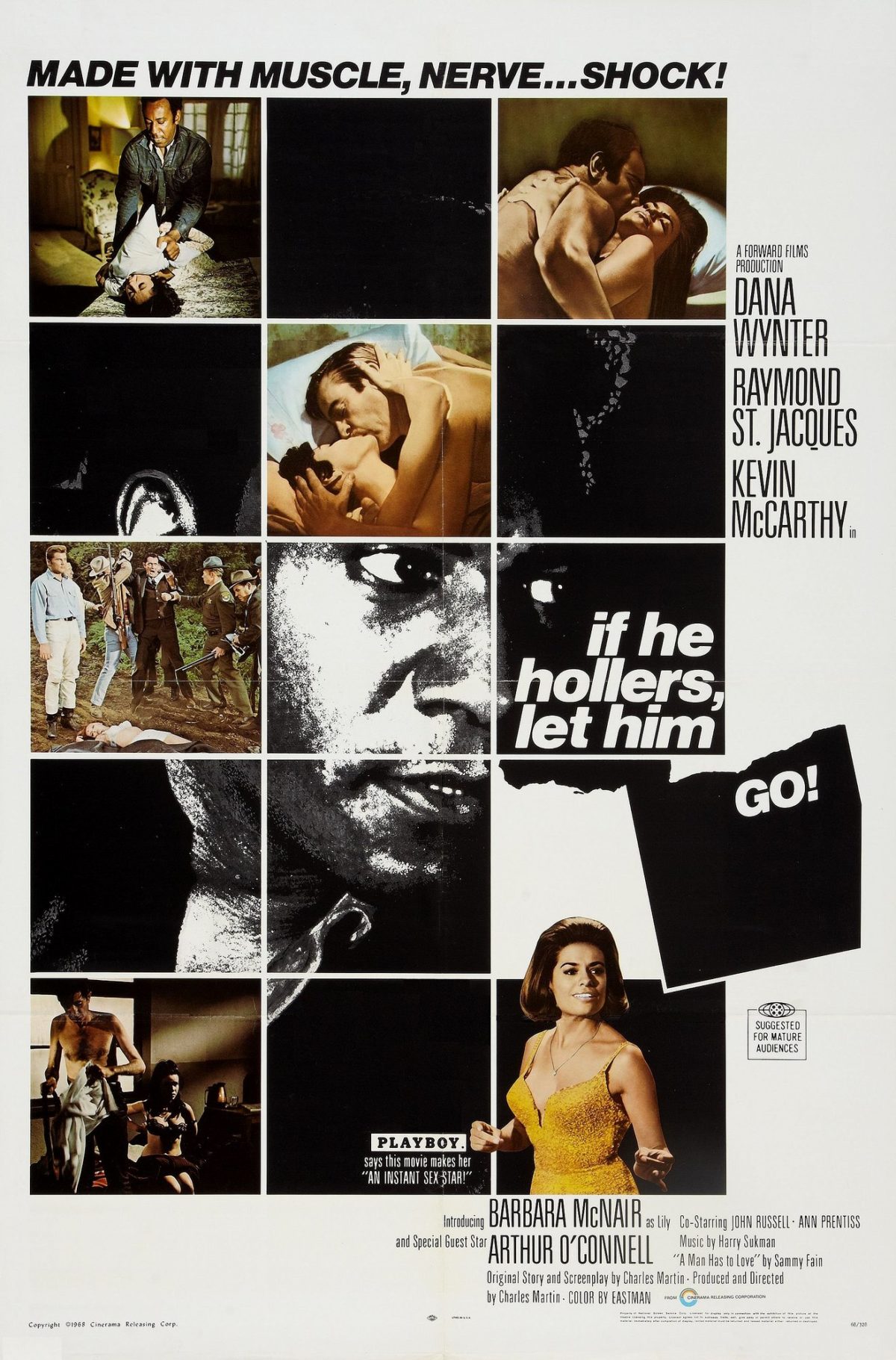In attempting to form a comprehensive definition of noir and how it evolves to become black noir, it is necessary to identify five common characteristics of this ever-changing genre. These pillars include a grim assessment of human nature, gritty urban settings, a femme fatale, nostalgia, and morally compromised protagonists. The central action of the plot typically revolves around crimes or mysteries that often contribute to the downfall of the protagonist, who is willing to delve into the darkest aspects of human nature to paradoxically uphold a moral code or sense of authority.
In Farewell, My Lovely Raymond Chandler approaches this classic American genre with an international perspective. Educated in English public schools for most of his childhood, Chandler maintains the facets of reinvention and uncharted wilderness that define American noir; the nature of society is a blank slate that the author forms from constantly-shifting socio-cultural factors. The novel is set in 1941 Los Angeles, the interwar period in which the cynicism of modernism flourishes and the social classes have lost touch with each other due to geographical compartments.
Yet the basic structure of cycle and repetition that serves as the foundation for British literature also plays a pivotal role in redefining the genre of noir. Chandler utilizes hyperbole to isolate objects and indicate their values. This simultaneously creates two levels of consciousness: the objective external structure of the detective story and the subjective rhythm of events that seeks to mislead the reader. The novel is initially misleading as it is introduced as a murder mystery. Yet Chandler introduces a string of jewel thieves that intertwine with more murders in a cyclical manner.
The protagonist Philip Marlowe is a private detective whose first-person perspective allows the reader to learn not only the true nature of his thoughts but that of the world around him. Marlowe is honest to a fault, a quality that characters such as Detective Nulty (a representative of the ineptness and corruptibility of the world) and Anne Riordan (the femme fatale with beauty and brains) find repulsive yet trustworthy at the same time. Moreover, his character is able to show fear; Marlowe is able to navigate the widespread cynicism and anarchy of the 1930s and 1940s because he can perceive the darkness around him without rose-colored lenses.
